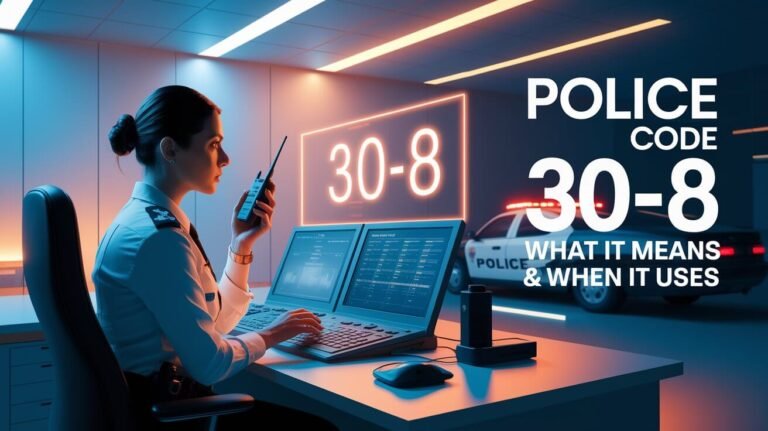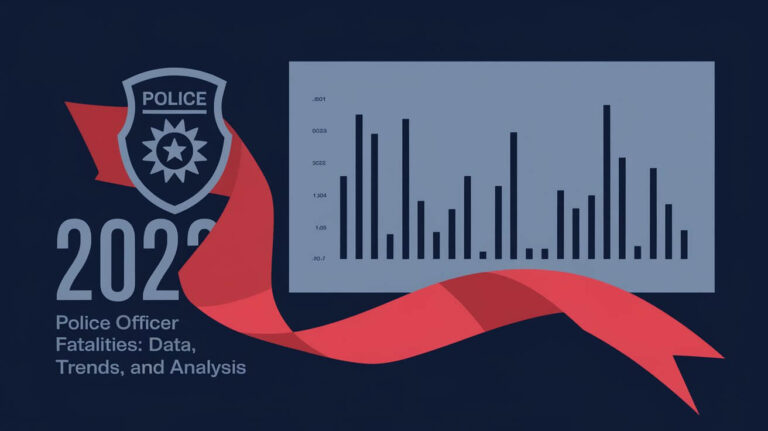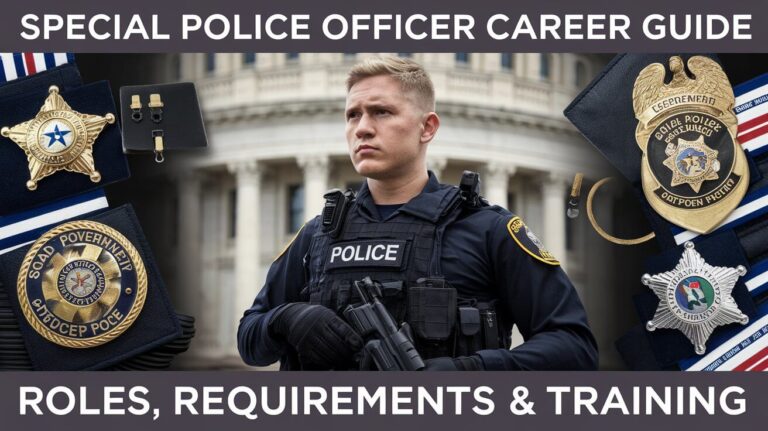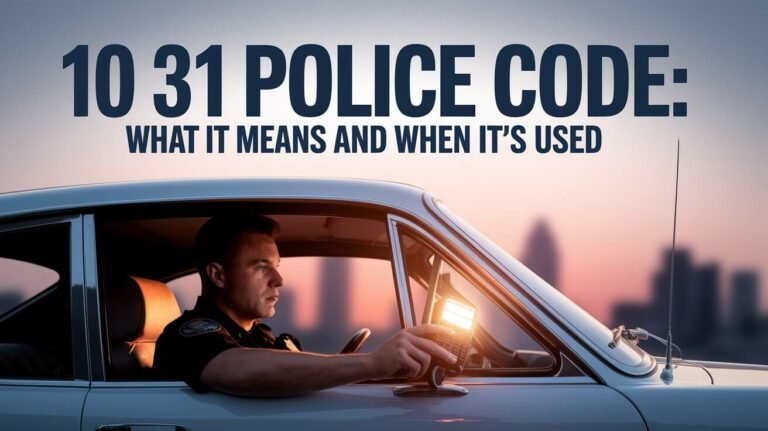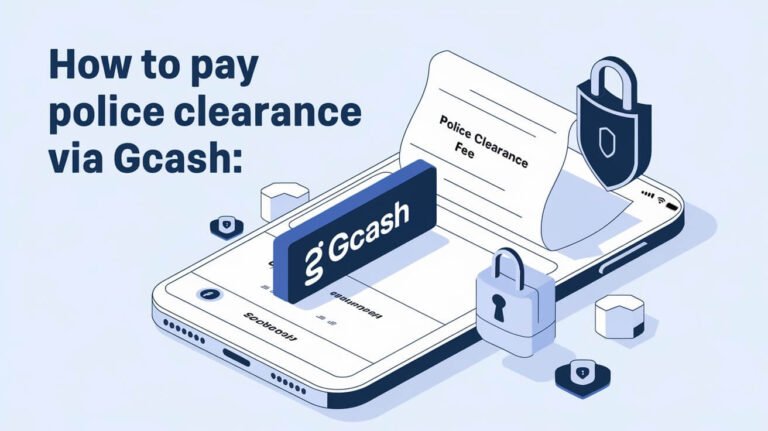Police Radio: Advanced Communication Systems Overview
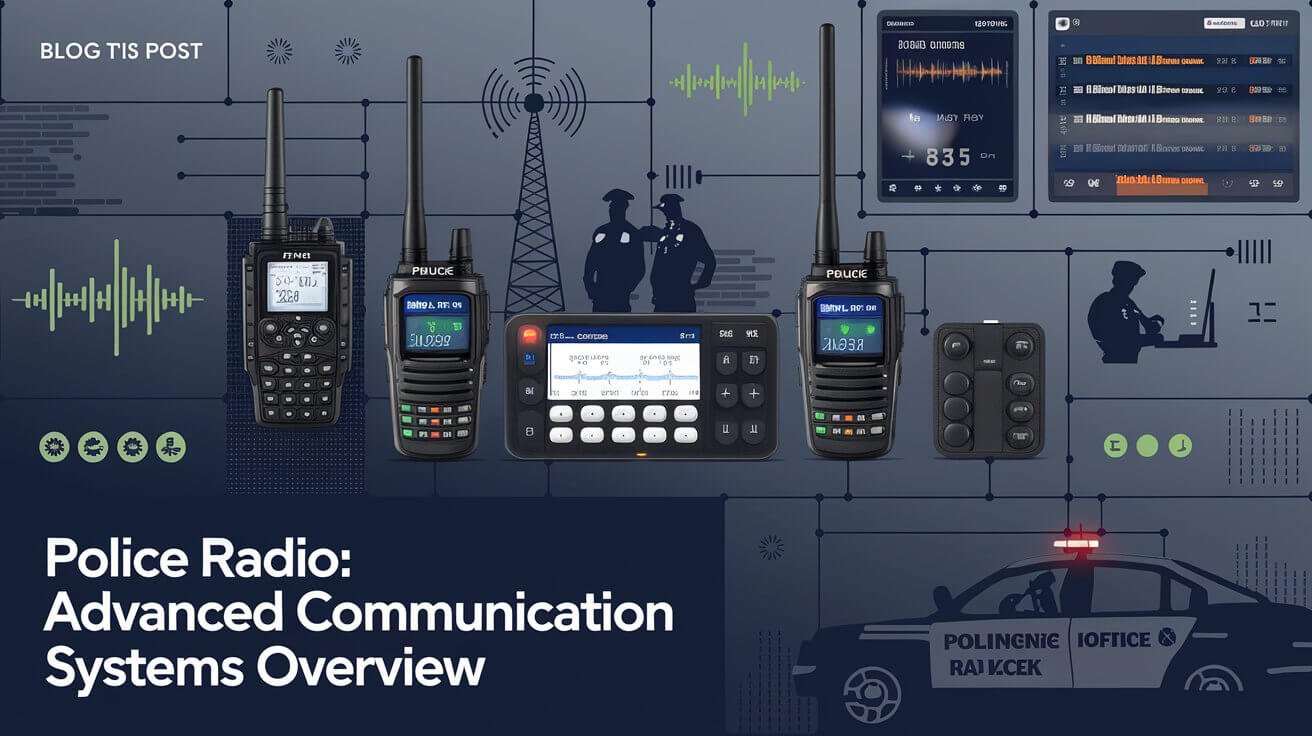
Police Radio systems are key in Law Enforcement, making sure officers and dispatchers can talk securely. There are over 8,000 scanners available. People can listen to live feeds from places like NYPD and LAPD.
These systems have grown to use new tech. This helps police respond fast and well to emergencies. It keeps people safe and order is kept. Scanner Radio lets millions listen to police and fire radio live.
Modern Police Radio Technology Fundamentals
Police radio technology has seen big changes, moving from analog to digital systems. This change helps law enforcement talk more securely and clearly. Digital radios bring better sound and encryption, keeping important info safe. For example, digital radios help police talk securely, even when there’s a lot of interference.
Using the right frequency bands and channels is key in police radio tech. VHF radios work from 138 – 174 MHz, while UHF radios use 400 – 512 MHz. The choice depends on the area and how far they need to communicate. In cities, UHF and 800 MHz work best because they go through buildings.
Digital vs. Analog Systems
Digital radios have clear advantages over analog ones. They offer better sound and range, and they’re more secure. Digital radios use encryption like AES to keep info safe. Analog systems, on the other hand, are more likely to get mixed up and aren’t as secure.
Frequency Bands and Channels
The table below shows the different frequency bands used in police radio tech:
| Frequency Band | Range (MHz) | Usage |
|---|---|---|
| VHF | 138 – 174 | Long-distance communication in open terrain |
| UHF | 400 – 512 | Urban areas, penetrating obstacles like buildings |
| 800 MHz | 806 – 824, 851 – 869 | Public safety services, including police and emergency medical services |
| 900 MHz | 896-901, 935-940 | Commercial sectors, such as manufacturing and utility companies |
Encryption Methods and Security Protocols
Encryption, like AES, is vital in police radio tech. It keeps important info safe from unauthorized access. This protects both the police and the public.
Components of Police Radio Equipment
Police radio equipment is key for law enforcement to communicate well and handle emergencies. It includes handheld radios, mobile radios, and base stations. These tools offer reliable and secure talk, with features like GPS and emergency alerts.
Radio Accessories like earpieces, microphones, and speakers are also important. They help improve how police radios work. For instance, earpieces let officers hear quietly, and microphones help them talk clearly.
Law enforcement uses many Communication Devices to do their job. This includes Police Radio Equipment like handheld and mobile radios. They also use special gear like cameras and sensors. This equipment helps them respond quickly and keep people safe.
Some examples of police radio equipment and accessories include:
- Handheld radios
- Mobile radios
- Base stations
- Earpieces
- Microphones
- Speakers
These devices ensure clear and secure communication. By using top-notch police radio equipment and accessories, law enforcement can better handle emergencies and protect communities.
Radio Signal Coverage and Range Optimization
Improving radio signal coverage is key for good communication, more so in tough terrain or with lots of interference. In cities, signal boosters can stretch radio signals further. For example, repeaters and amplifiers can fill in dead spots.
In rural spots, satellite or cell networks are good for staying in touch. To boost signal coverage, try these tips:
- Use many repeaters to cover bigger areas
- Install vehicle repeaters for better portable use
- Put in-building boosters, like Bidirectional Amplifiers (BDAs), for clear signals inside
Optimizing range is vital in both cities and countryside. Knowing what affects signal strength, like terrain and weather, helps improve communication. For instance, radios with better sensitivity can pick up weaker signals from far away.
Emergency Response Protocols Through Police Radio
Police radios are key in emergency situations. They help officers and dispatchers talk fast and clear. In the U.S., emergency plans make sure officers can act quickly and safely.
These radios help law enforcement respond fast to emergencies like natural disasters and attacks. They make sure everyone knows what to do.
Good emergency plans need clear communication. Police radios use set rules to talk. Dispatchers use special codes to tell officers how urgent a call is.
Some important parts of emergency plans through police radio are:
- Standardized communication protocols to ensure clear and reliable communication
- Use of specific codes and phrases to convey information quickly and accurately
- Priority dispatching to ensure that emergency situations are responded to quickly and safely
- Interoperability with other emergency services, such as fire and ambulance, to ensure a coordinated response
Police radios also use new tech like encryption for safe talks. This is very important in emergencies. It can mean the difference between life and death.
Using police radios and following plans, law enforcement can keep communities safe. They respond fast and effectively to emergencies.
Interoperability Standards and Cross-Agency Communication
Law enforcement needs Interoperability Standards and Cross-Agency Communication to work well. This lets officers from different agencies talk and work together smoothly. In emergencies, every second is key. Interoperability can cut down on delays by 30-50%, making responses faster.
Multi-jurisdictional Coordination is also key. By sharing resources and info, agencies can work better together. A survey showed 72% of public safety agencies saw better awareness thanks to shared data.
Benefits of Interoperability
- Reduces communication delays by 30-50% during emergencies
- Improves operational efficiency by 25-40% through resource sharing
- Enhances situational awareness through integrated data sharing
Using Interoperability Standards and Cross-Agency Communication helps law enforcement a lot. It makes them respond faster and better. This is very important in big operations where working together can save lives.
Tactical Communication Methods
Tactical communication is key for law enforcement to work together in emergencies. Police radios are essential for this, making sure messages are clear and safe. They help in situations like hostage crises and terrorist attacks, showing how vital good communication is.
Effective tactical communication uses secure systems like police radios. Patrol officers need to know how to use these tools well. They learn about active listening, clear speaking, and prioritizing messages in 2 hours of training.
Some important parts of tactical communication are:
- Active listening to get information and lower threats
- Clear voice to make messages easy to understand
- Sorting messages to keep communication smooth in emergencies
- Clear command to avoid confusion
Focusing on these areas, law enforcement can improve their response to emergencies. Using police radios and secure systems is key to this success. It ensures reliable communication in critical moments.
Radio Maintenance and Performance Checks
Keeping radios in top shape is key for police to talk clearly in emergencies. Quick communication is vital, as delays can change outcomes. A well-kept radio system cuts downtime by up to 30%, making emergency responses faster.
Radio Maintenance means daily checks for damage or wear. This includes looking at the antenna, microphone, and speaker. Performance Checks ensure the radio works right. They involve testing how well the radio sends and receives signals.
Daily Equipment Inspection
Daily checks are a big part of radio care. They look at the battery, antenna, and more for damage or wear. This helps catch problems early, saving money on repairs and replacements.
Troubleshooting Common Issues
Fixing common radio problems is also important. Issues like static, bad sound, and battery drain can be fixed with regular checks. Troubleshooting keeps the radio working well.
Regular maintenance and checks keep police radios working well. This includes daily inspections, fixing common problems, and performance tests. By focusing on radio care, police can work better and serve the community better.
Advanced Features of Modern Police Radio Systems
Modern police radio systems have changed a lot. They now offer advanced features that improve communication, security, and work efficiency. Thanks to Modern Technology, these systems provide secure and reliable ways for police to talk during emergencies.
Some key features include GPS tracking, emergency alert systems, and secure encryption. These help police track officers, send urgent alerts, and talk securely, even where signals are weak. For example, GPS helps track officers during calls and traffic incidents, making it easier to find them.
Modern radios also have multi-channel options. This means different channels for units like traffic, dog units, and armed response. Encryption is used to keep communications safe and private, as police work is very sensitive. Other features like covert earpieces, acoustic tube earpieces, and Bluetooth earpieces offer discretion, noise-cancelling, and hands-free use.
- GPS tracking for precise location mapping
- Emergency alert systems for rapid response
- Secure encryption methods for confidential communication
- Multi-channel functionality for specialized communication
- Covert earpieces for high discretion
Advanced features of modern Police Radio Systems have greatly improved how police communicate and handle emergencies. They make police work more efficient, secure, and effective.
Radio Code Implementation and Usage
Effective communication is key in law enforcement. Radio codes help officers talk clearly and quickly. Codes like 10-codes are used all over the United States.
Radio codes use specific phrases for messages. For example, “10-4” means “ok, message received.” “10-20” means “location.” These help avoid confusion. But, different areas might use different codes, so clear language is also important.
Standard Code Practices
Standard codes are widely recognized. The Association of Public Safety Commissions (APCO) sets these codes. They were first used in the 1930s by Charles “Charlie” Hopper.
These codes help agencies talk to each other, even with different radio systems. This makes communication easier.
Regional Variations
Even with standard codes, areas can use different codes. For example, “10-1” can mean different things in different places. This can cause confusion, making it hard to work together.
Plain Language Protocols
In emergencies, clear language is vital. The National Incident Management System (NIMS) promotes using simple language. This makes sure messages are understood right away.
| Code | Meaning |
|---|---|
| 10-4 | Ok, message received |
| 10-20 | Location |
| 10-1 | Poor reception, officer needs help, or paging all units (varies by jurisdiction) |
Using radio codes and clear language is very important for law enforcement. It helps them communicate better and avoid mistakes.
Communication Security Measures
Keeping sensitive information safe is key for police radio systems. Law enforcement worldwide uses secure platforms like WhatsApp and Signal. These tools use advanced encryption to block eavesdropping and keep operations secret.
Strong data security steps, like secure login and access controls, protect important info. By following strict data handling rules, organizations can avoid data leaks. They also use secure ways to send messages and files, keeping teams updated during emergencies.
Police can boost security by managing devices, using private networks, and doing regular checks and training. Choosing the right communication tools helps solve ethical and security issues. With a focus on Communication Security and using Police Radio with strong Encryption Methods, police can keep their work safe and earn public trust.
- Utilise advanced encryption technologies to secure communication
- Implement robust data security measures to protect sensitive information
- Use secure message broadcasting and real-time alert systems to facilitate communication among officers
Conclusion: The Evolution of Police Radio Communication
The journey ofpolice radio communication has seen major leaps in technology. We’ve moved from old analog systems to the latest digital and trunked radio systems. This change has greatly improved how law enforcement talks to each other.Modern technology
has made communication safer, more reliable, and efficient. It helps officers react quickly to emergencies and keep people safe.
Now, police use GPS, encryption, and cloud-based solutions to talk. The need for secure ways to communicate is growing. With 5G, AI, and machine learning on the horizon, police radio will get even better.
As tech keeps getting better, police radio will too. This means law enforcement can protect communities better and handle emergencies with more skill and teamwork.
Common Queries
What is the importance of police radio systems in law enforcement operations?
Police radio systems are key for law enforcement. They allow officers and dispatchers to talk securely. They’ve evolved with digital encryption and GPS, helping agencies respond fast and keep the public safe.
How have modern police radio technologies improved communication capabilities?
Modern tech has made police radios better. Digital systems offer clear sound and security. They use channels and encryption to keep talks private and safe.
What are the key components of police radio equipment?
Police radios have handheld, mobile, and base stations. These tools help officers talk securely. They often have GPS and emergency alerts too.
How do law enforcement agencies optimize radio signal coverage and range?
Agencies work to improve radio signals. In cities, repeaters boost signals. In rural areas, satellite or cell networks help.
What is the role of police radios in emergency response situations?
Police radios are vital in emergencies. They let officers and dispatchers talk fast. This helps them respond quickly and safely.
How do interoperability standards and cross-agency communication enhance law enforcement operations?
Standards and cross-agency talks help law enforcement. They let officers from different places work together. This includes sharing resources and following federal guidelines.
What are the key tactical communication methods used in law enforcement operations?
Tactical talks use secure systems for coordination. Police radios are key for this. They help officers talk securely in tense situations.
How do law enforcement agencies ensure the proper maintenance and performance of police radios?
Agencies check radios regularly. They inspect daily, fix common problems, and manage batteries. This keeps radios working well.
What are the advanced features of modern police radio systems?
Modern radios have GPS, emergency alerts, and encryption. These features help agencies talk securely and use tools for their work.
How are radio codes and protocols used in law enforcement communication?
Codes and protocols help law enforcement talk clearly. They use standard codes and adapt to different areas. This ensures effective communication.
What communication security measures are in place to protect police radio systems?
Security measures protect police radios. Encryption, like AES, keeps talks safe. Other steps, like secure login, prevent unauthorized access.

